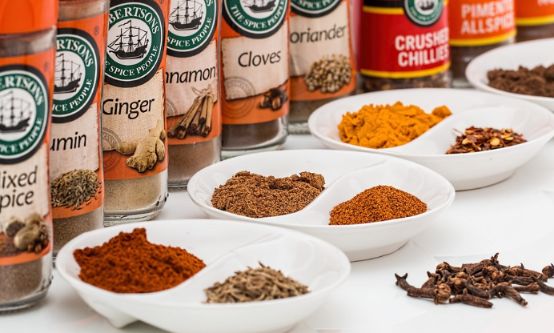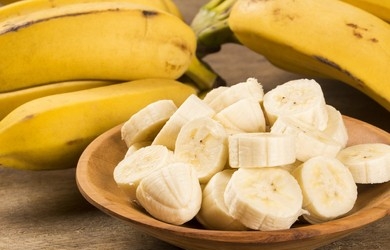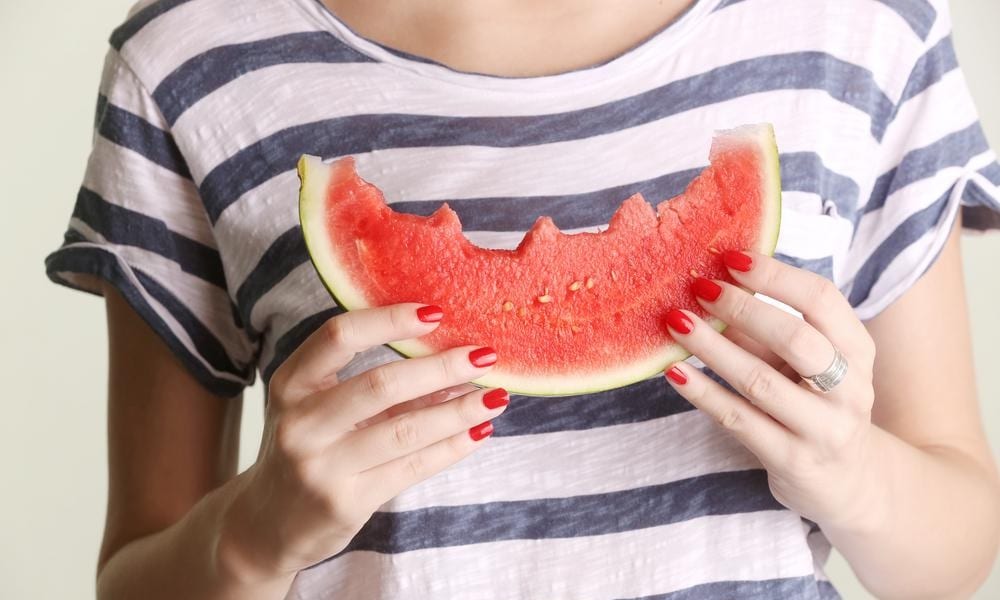100g of chocolate and 100g of apple may even weigh the same, but the calories …
In a perfect world, we would forget the amount of calories and worry only about the nutritional density of food . As the reality is quite different and this is the most used measurement system in the world, we tell you what is behind these numbers.
What are calories?
O organismo se parece com uma grande fábrica: para funcionar (crescer e se renovar) precisa de energia. Esta energia é obtida por meio de calorias (ou quilocalorias, abreviada por “kcal”) que são fornecidas pelos alimentos quando metabolizados pelo corpo.
Cada alimento é composto por diferentes nutrientes (carboidratos, proteínas e lipídios, em diferentes proporções) que compõem seu valor energético. Micronutrientes como fibras, minerais e vitaminas não entram nessa conta – são livres de calorias. Desta forma, cada grupo nutricional possui maior ou menor quantidade: 1g de proteína tem 4 kcal; 1g de carboidrato tem 4 kcal, enquanto que 1g de lipídio tem 9 kcal. Isto explica o porquê de as comidinhas cheias de gordura serem tão calóricas.
By consuming more calories that the body uses (an average of 1,800 to 2,000 for an active woman), our body begins to store energy, that is, to put on weight. If you practice physical exercises, here’s some good news: excess is more easily eliminated by metabolism.
Low calorie foods
However, if the goal is to lose weight, choose less calorie and more nutritious foods. For that, it is necessary to know the proportion of each one of them. Complicated? Nothing, it’s easy! On the back of the packaging there is a lot of information and a part full of numbers – there is what we are looking for: the nutritional table. Given a certain portion (100g, for example), it indicates the calories measured by each nutritional group and their micronutrients: carbohydrates, proteins, fats, fibers, among others. The oil that is 100% based on lipids, has 900 kcal per 100g. The zucchini is only 13 kcal for the same 100g, but contains 90% water; 2.3% carbohydrates and 1.4% fibers. That is, the vegetable has more nutritious density. In general, we can say that the more water and fiber a food has, the less calories it will have. Conversely, the more fat, the more caloric. From the nutritional table, we have structured a list of foods ranging from the least to the most caloric. Check out:
- Vegetables and greens
Lettuce, cucumber, tomato, champignons, peppers, strawberries, carrots, potatoes and corn. - Cereals
Whole grain bread, miga bread, muesli, croissant - Dairy
Skimmed milk, yogurt, whole yogurt, fresh cheese, mozzarella, camembert and emmental.
 © Getty
© Getty
What is the advantage of low-calorie foods?
For those who want to lose weight, the advantage is that low calorie foods can be consumed in greater quantities. Even better if they are rich in fiber, as they provide more satiety. The best bet is to make a diet that contains all the nutrients in the food pyramid: 10 to 15% of proteins, 30 to 35% of fats, 55% of carbohydrates and about 600g of fruits and vegetables – remembering that the ideal is to consult a specialist before starting any diet.
Tip: always be wary of the “light” written on the packaging of industrialized products. Although they reduce calories, they may contain even more carbohydrates and sodium than the traditional version. Excessive consumption of the mineral can cause heart disease, in addition to causing the dreaded cellulite.
Remember that the most important thing is to balance. Do not skip meals or exclude foods from the menu without talking to a nutritionist first. And, of course, allow yourself a sweetie sometimes, after all, life is made of balance!









